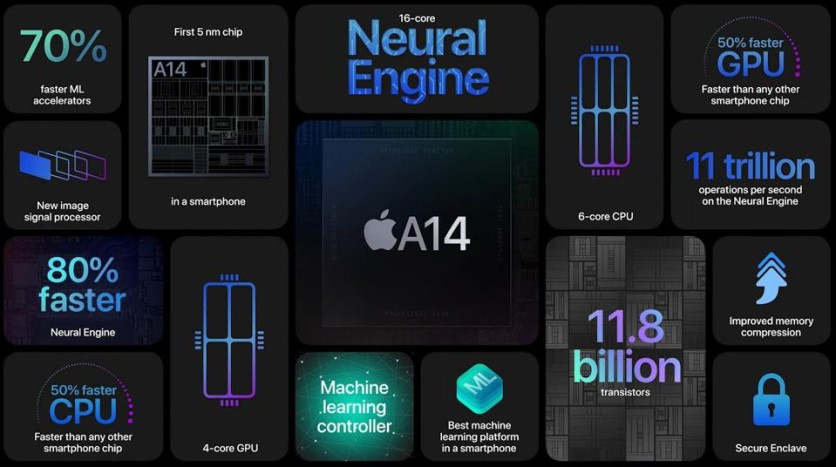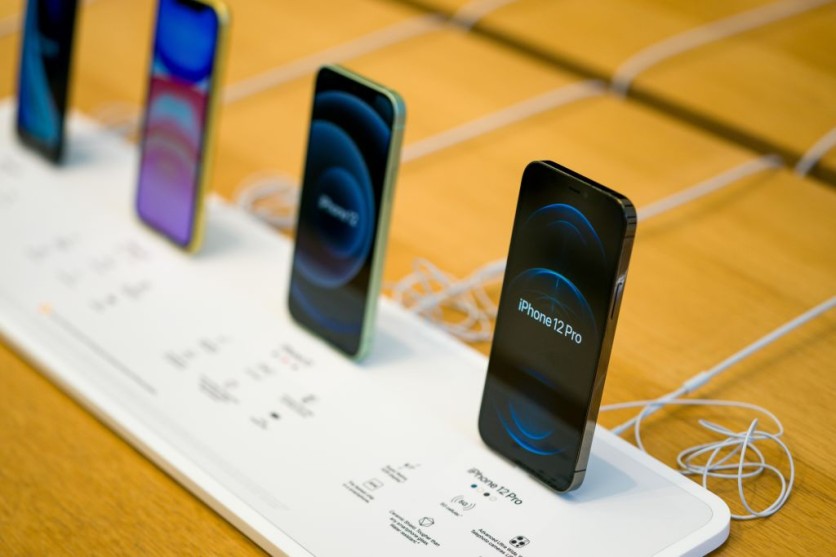
Apple is looking further ahead in the future, particularly for the production of the iPhone chips that follow the engineering and design of the ARM-based Silicon design of the M1 chips. Currently, Apple's iPhone 12 features the system-on-chip design (SoC) of the A14 Bionic chip that features a design that integrates the smartphone's system on a single processor.

The most valuable multinational technology company, Apple, are now under speculations of a new processor that goes two years ahead to the future. The future Apple silicon for the iPhones is now under the impression to follow the architecture and be smaller in size of the current 5nm M1 chip.
Apple: TSMC's Sole Client for 5nm SoCs with "A16" Waiting for 'Go Signal'

According to Apple Insider, a Trend Force report notes that Apple is the only client which famous Taiwan Semiconductor Manufacturing Company (TSMC) services currently. This exclusive deal is for the company's 5-nanometer M1 chips that run the latest MacBook on Apple's lines.
Additionally, Apple was originally not the only client for the 5nm chip line-up as Huawei's HiSilicon were also awaiting the same chip from TSMC but were unable to continue due to the United States' regulations. The Committee on Foreign Investments in the United States (CFIUS) is imposing a tight grip among foreign companies that have ties with American companies.
The report also cites that TSMC is waiting for Apple's orders on the production of the 4nm SoC chips that would soon be called "A16," following the designation of the iPhone's chip name. The current 5nm is TSMC's most advanced node, also Apple's most powerful processor for the Mac computers.
Apple's Processor Chips: Getting Smaller but More Powerful Each Year
The famous "Moore's Law" which predicted the development of computers and evolution to more powerful processes are applying to Apple's yearly innovations. According to Trend Force, Apple initially started its design for the A10x with TSMC's 10nm FinFET chip for the iPads, which saw a trend of shrinking every two years.
Apple's trend will always see a 2-year gap within each other, strongly suggesting that the next shrink will happen after two years. The release of the "A16" would see a smaller SoC from the current 5nm architecture of the A14 Bionic and ARM-based Silicon M1.

Apple currently holds the A14 for iPhone 12, so the next chip would continue the line with A15 for the iPhone 13. The predictions are suggesting that the A15 SoC would adopt TSMC's "5nm + Wafer Technology" that would be next-in-line.
Moore's Law suggests that as technology evolves into more powerful systems, its components would shrink and be more compact. The suggestion by the late scientists was initially ignored, until it became a law which saw its initial change when computers were available for home use.
Related Article : Apple 'M1' Benchmark Comparison vs. AMD, Nvidia: Who Will Win for Graphics?-Future of Mac Gaming!
This article is owned by Tech Times
Written by Isaiah Alonzo
ⓒ 2025 TECHTIMES.com All rights reserved. Do not reproduce without permission.




